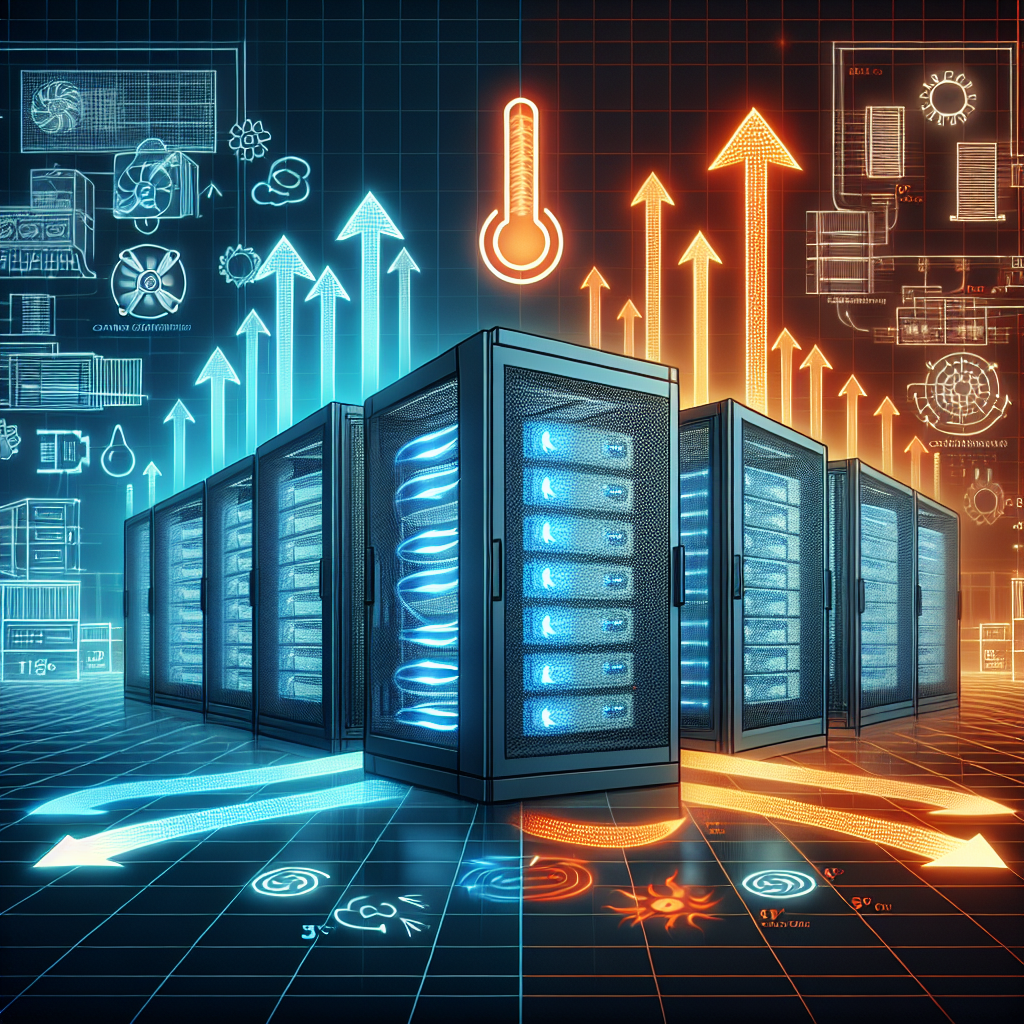Your cart is currently empty!
Challenges and Solutions in Data Center Cooling: HVAC Trends and Innovations

Data centers are the backbone of modern technology, housing servers, networking equipment, and storage systems that enable businesses to operate efficiently and effectively. However, as data centers become more complex and demanding, the need for effective cooling solutions becomes increasingly important. In fact, cooling can account for up to 40% of a data center’s total energy consumption, making it a significant challenge for data center operators.
One of the main challenges in data center cooling is the increasing power density of equipment. As servers and other hardware become more powerful and compact, they generate more heat, requiring more sophisticated cooling systems to maintain optimal operating temperatures. Traditional air conditioning systems are often not sufficient to handle the heat generated by high-density equipment, leading to hot spots and inefficient cooling.
To address these challenges, data center operators are turning to innovative HVAC trends and solutions. One of the key trends in data center cooling is the use of liquid cooling systems. Liquid cooling, which involves circulating chilled water or other liquids through heat exchangers to remove heat from equipment, is more efficient than traditional air cooling and can help to eliminate hot spots in the data center. Liquid cooling systems can be either direct-to-chip, where the liquid is brought directly to the heat-generating components, or indirect-to-chip, where the liquid is used to cool a larger system, such as a rack or row of servers.
Another trend in data center cooling is the use of free cooling systems. Free cooling systems take advantage of natural cooling sources, such as outside air or groundwater, to cool the data center without the need for mechanical refrigeration. By using free cooling systems, data center operators can significantly reduce their energy consumption and operating costs, while still maintaining optimal temperatures for equipment.
In addition to liquid cooling and free cooling systems, data center operators are also exploring other innovative solutions, such as modular cooling units, containment systems, and intelligent control systems. Modular cooling units, which can be easily added or removed as needed, allow data center operators to scale their cooling capacity to meet changing demands. Containment systems, such as hot and cold aisle containment, help to isolate hot and cold air streams, improving airflow and reducing energy consumption. Intelligent control systems, which use sensors and automation to optimize cooling settings based on real-time data, can help to further improve efficiency and reduce energy costs.
Overall, the challenges of data center cooling are significant, but with the right HVAC trends and innovations, data center operators can effectively manage heat and maintain optimal operating conditions for their equipment. By investing in advanced cooling solutions, data center operators can improve energy efficiency, reduce operating costs, and ensure the reliability and performance of their data center infrastructure.

Leave a Reply